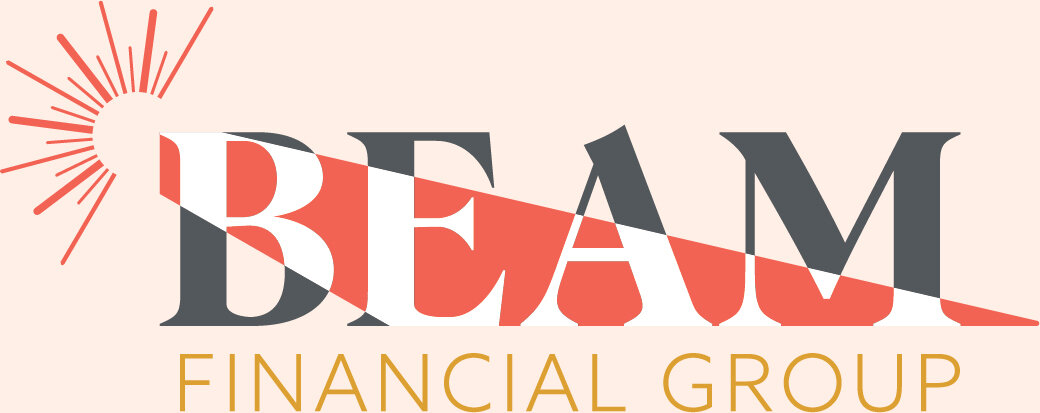Breaking Down Reports Provided By Your Accountant
Keeping track of financial records is a must for businesses. These documents serve as guidance for the managerial and operational decisions a company should be making as well as where their financial priorities should be placed. When it comes to asking for financial reports, however, you may wonder what statements or records you’ll receive and what insights they offer.
Do you want to check how your revenue has been doing and whether there is a general upwards trend? Or do you want to review where the capital outlays have been going? Perhaps you want to see where your debt stands or understand what liabilities you will have to pay in the coming months.
There are all sorts of accounting reports with different insights to offer. Managers and business owners should be able to understand what each one includes so they can use it for data-informed decision-making.
Here are three basic financial statements you will likely receive at the end of each accounting period:
Profit & Loss Statement
Your profit and loss statement—also known as an income statement—is exactly what it sounds like: a document that outlines the money you’ve made or the money you’ve lost. The information it provides will allow you to see how profitable your business is and whether it’s viable to continue or further invest in the operations.
Income statements are created to reflect the data of a certain period, and it will show records of your business revenue and expenses over a specified period of time.
Profit and loss reports can be helpful for a variety of reasons. You can identify trends in income and expenses, notice seasonality, identify unusual expenses, or compare income and expenses to past periods. You can also use the profit from your profit and loss report to estimate what your quarterly tax payments will be.
Cash Flow Statement
Knowing how much revenue your company generated is important, but it’s just as important to assess how money is being spent. A business doesn’t just gain; it also generates money that is used to continue operations, pay employees, and invest in the property or equipment being used. This is where cash flow statements come in.
A cash flow statement is made to monitor how much money there is and how it moves in the bank’s balances over a certain period. This record can be analyzed to track the activities of a company and its effect on the business.
Unlike the profit and loss statement, which also includes non-cash accounting such as depreciation, the cash flow statement only tracks cash inflows and outflows over a specified period of time.
Also, you may have cash outflows such as for debt payments or to purchase capital assets that are recorded on the balance sheet. Thus, to see a complete picture of your cash situation, you need to look at the cash flow statement, not just the profit and loss report.
Balance Sheet
The balance sheet is a snapshot of your company at a certain point in time. An easy way to describe the balance sheet is it is a picture of what you own and what you owe. The formula that defines the balance sheet is Assets = Liabilities + Equity. To break that down a bit, this report shows everything you own (cash, inventory, fixed assets) and how those items were financed (through debt or equity).
The balance sheet is commonly misunderstood and underutilized. Once you get familiar with it, though, there is a lot of valuable information. In the assets section, you can understand how healthy your cash balance is, determine how much inventory you have on hand, analyze accounts receivable to see what money is due from outstanding invoices or see a picture of the large assets you hold (fixed assets).
In the liabilities section, you can understand upcoming payments for things like vendor bills (accounts payable), tax liabilities (sales tax or payroll tax are common), or loans outstanding. You definitely want to be in touch with expenditures that are coming down the pipeline.
In the equity section, you can see how much money has been contributed to the business. This could be through the owner’s investments or through the issuance of stock. You will also see how much money has been drawn on the business in this section. If you are a sole proprietor, LLC, or partnership, the main way you pay yourself is through draws, so it is helpful to understand this balance.
Conclusion
Being aware of the different types of reports that an accountant should be delivering can help you when you’re requesting data for a specific time and date. When you understand the data being offered to you, you’ll be able to make wiser and more informed business decisions with the help of your accounting professionals.
In need of bookkeeping and accounting? Beam Financial Group helps you manage money by offering ongoing monthly bookkeeping packages, hourly support sessions, and digital training courses to keep you in the know. Get in touch with us today!

